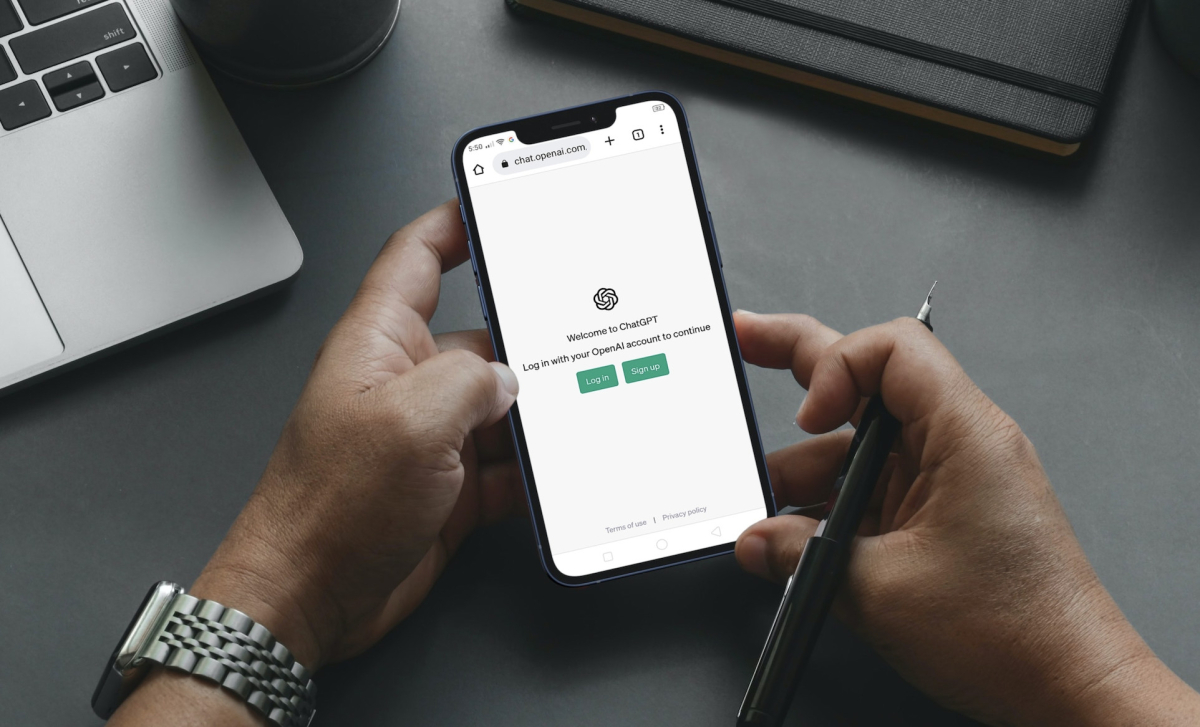Waymo tests different scenarios using simulation
In the future, autonomous vehicles are likely to continue to gain in relevance. To date, no provider has really managed to create a broadly rolled out offer, but we are on the way there. Waymo has been training its vehicles in a simulation for years so that everything works out and passengers can get from A to B safely.
We told you about this process in the past. The Verge magazine has now succeeded in gaining insights into Waymo’s simulation technology for the first time. Because in addition to the well-known “CarCraft” system, which has been in use since 2017 (vehicles have already covered 5 billion virtual miles), there is now another tool: “Simulation City”.
If you take a closer look at “Simulation City”, you will notice a gray cube fighting its way through a sea of green cubes. The color gray represents Waymo’s vehicle, other road users are green. The new program is necessary in order to test other vehicle platforms as well. In addition, open knowledge gaps in the software can be closed.
In addition, “Simulation City” has another advantage: New areas can be tested in real life before the actual test. For this purpose, the company’s vehicles are on the road every day, which record various situations and also streets for later use in virtual reality.
Ultimately, virtual trips are then carried out through different cities and dangerous situations tested in a safe environment. The results are then checked and the learned content is transferred to the real vehicle fleet. Compared to tests in reality, the virtual approach has many advantages. To date, Waymo virtual vehicles have covered 15 billion miles; their real counterparts only get 20 million miles.
Own opinion:
How should a product react to later scenarios in reality? This can already be predicted easily and relatively cost-effectively with simulations. Waymo has been going this way for almost 5 years, so it is not surprising that this approach is now gaining more and more approval. However, it will still have to be shown to what extent the behavior of the unpredictable person can be predicted.
Via The Verge




